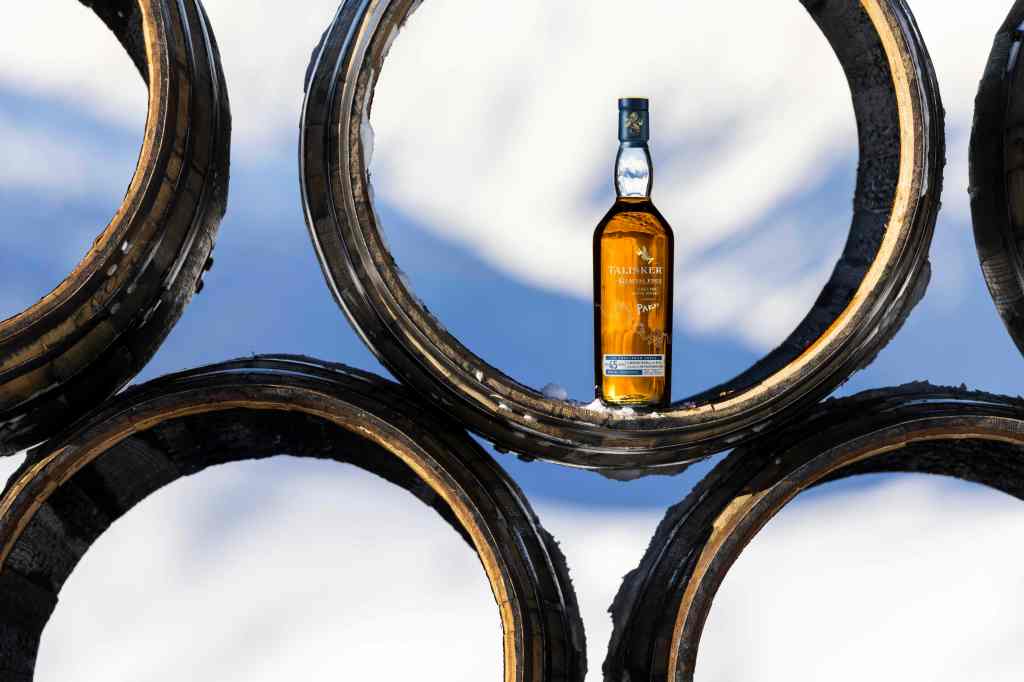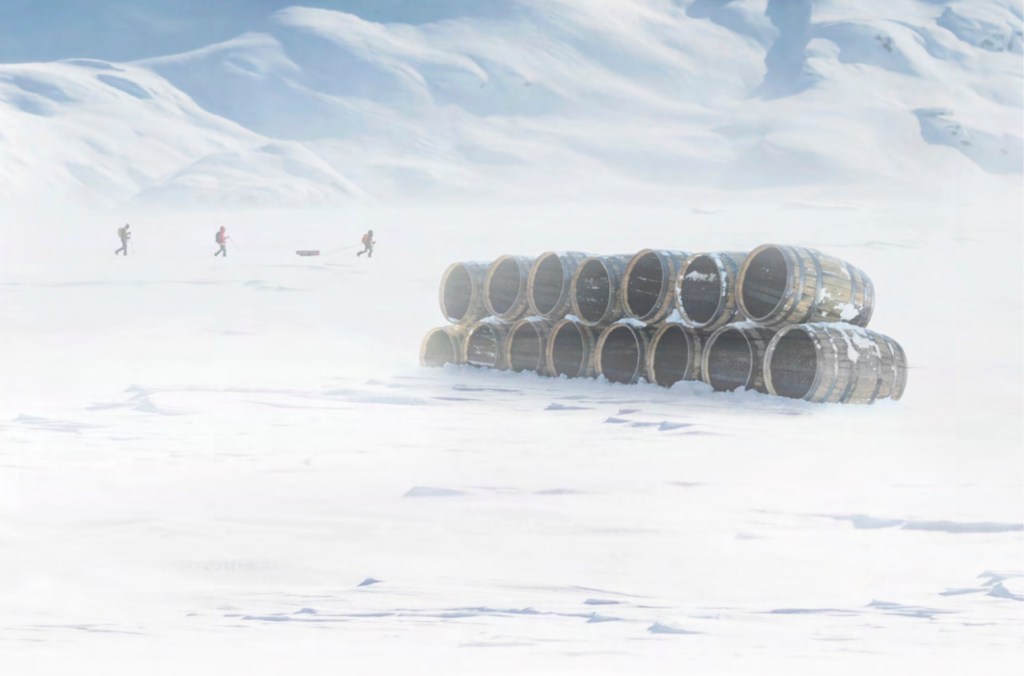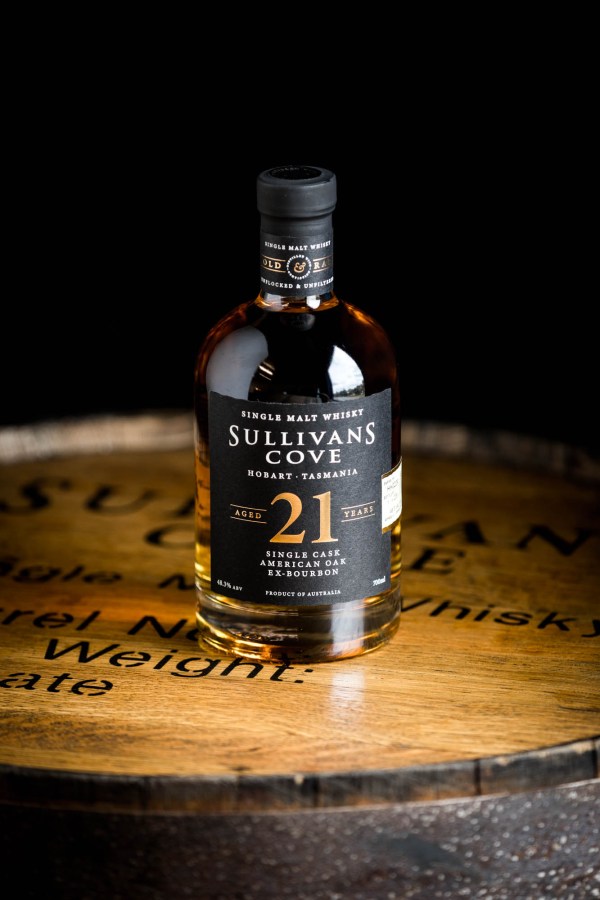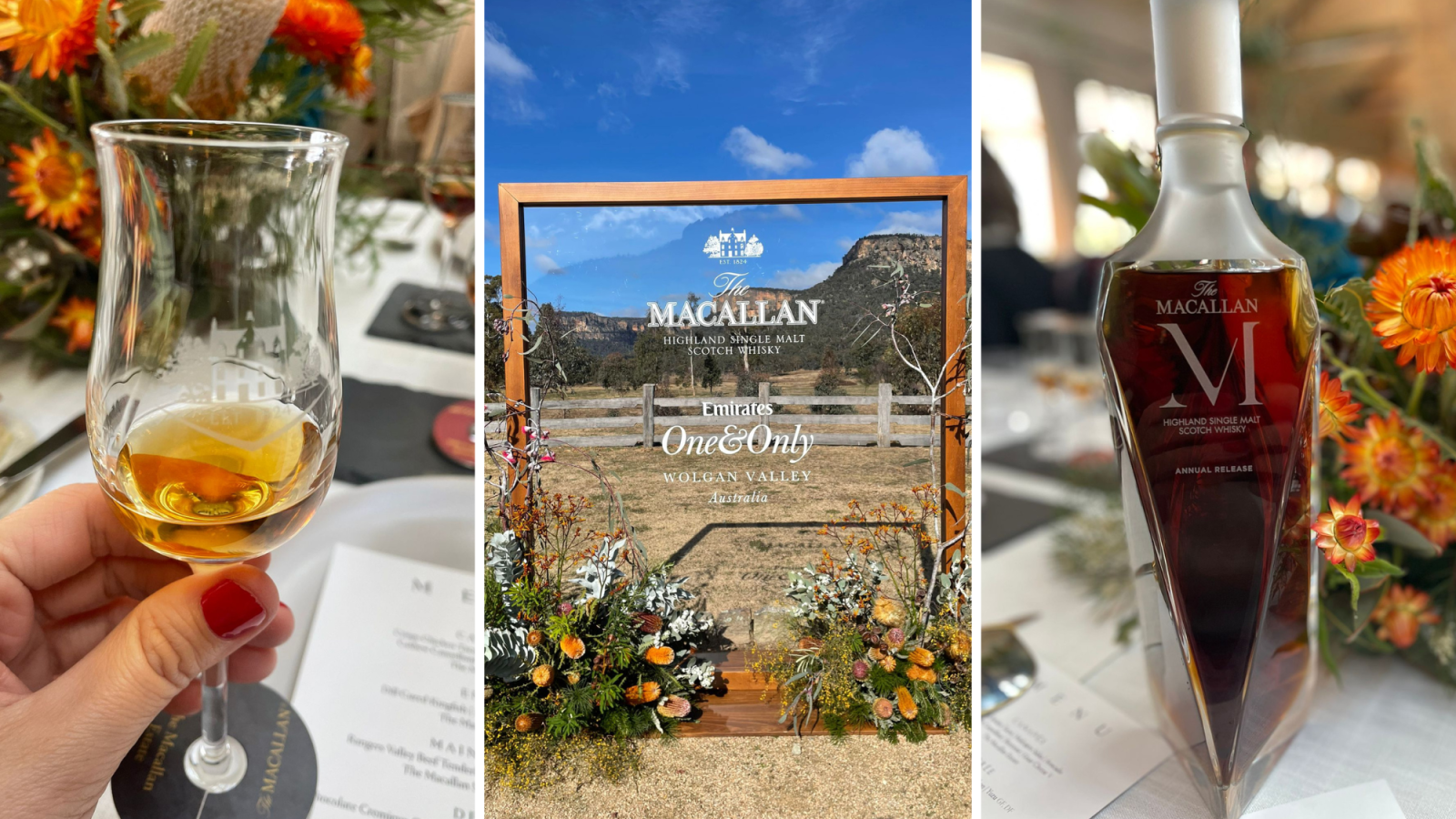How far are whisky distillers prepared to go to get an edge at the prestige end of the market? High up a glacier in an arctic blizzard, it would seem.

A few years ago, Scottish distiller Talisker took 12 American-oak ex bourbon casks with the ends taken off up to the Pemberton icefield in British Columbia, Canada.
On an expedition led by an ice core scientist Dr Alison Criscitiello, with influencers Greg Long and Taylor Godber in tow, they took the ends off the barrels and left them there for 96 hours in temperatures that went down to -25C.
The freezing of the casks was designed to create minute fractures in the wood, so that when the whisky was later poured in, there’d be a greater surface area for the spirit to meet and interact with the charred, oaky, bourbon-infused wood.
A specialist cooper joined them at base camp to assess the casks’ condition before and after the process because when you’re pouring four-decade old whisky into a barrel, you don’t want leaks.
The casks were taken to the Isle of Skye, Scotland, where a 40-year-old Talisker was poured in. It has now been decanted at 45-years old, producing 2,445 bottles, labelled as Talisker 45-Year-Old: Glacial Edge.

Described as “an exquisitely rare and wild whisky” less than 100 bottles have found their way to Australia where they go on sale this week with a recommended retail price of $7,800.
Katie Nagar, Diageo’s rare and exceptional luxury ambassador said, “Talisker stands for something raw, authentic and visceral. We have crossed wild seas, plunged into the darkness of ocean depths, and been licked by flames of charred kelp and marine oak, to inspire a series of Talisker whiskies truly born of the wild. Our 45-Year-Old represents the culmination of that journey, and the ultimate expression of that belief. Wild whisky, exquisitely rare and fractured by ice.”
The Glacial Edge release follows a 43-year Xpedition Oak release finished in casks from staves that navigated the Atlantic in a solo sailing trip, and a 44-year-old Forests of the Deep release finished in casks that had been made from staves from an expedition to the kelp forests of the Cape of Good Hope.
Glacial Edge tasting notes
“Rich, dry and mellow, with a light peppery prickle on the nose; the texture is wondrously oil-smooth and mouth-filling; the taste starts toffee-sweet then becomes mouth-wateringly salty and increasingly peppery; with a striking intensity to it, and a fine chili ‘catch’. A dash of water integrates these tastes.”


